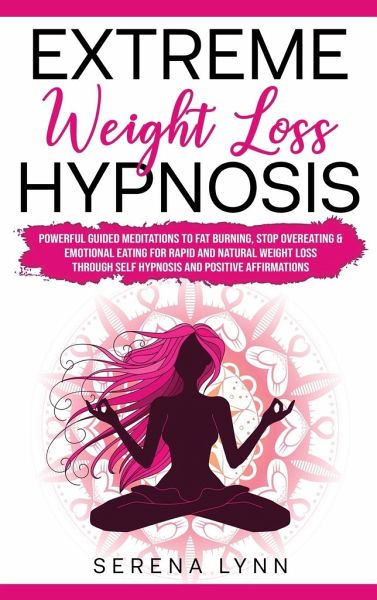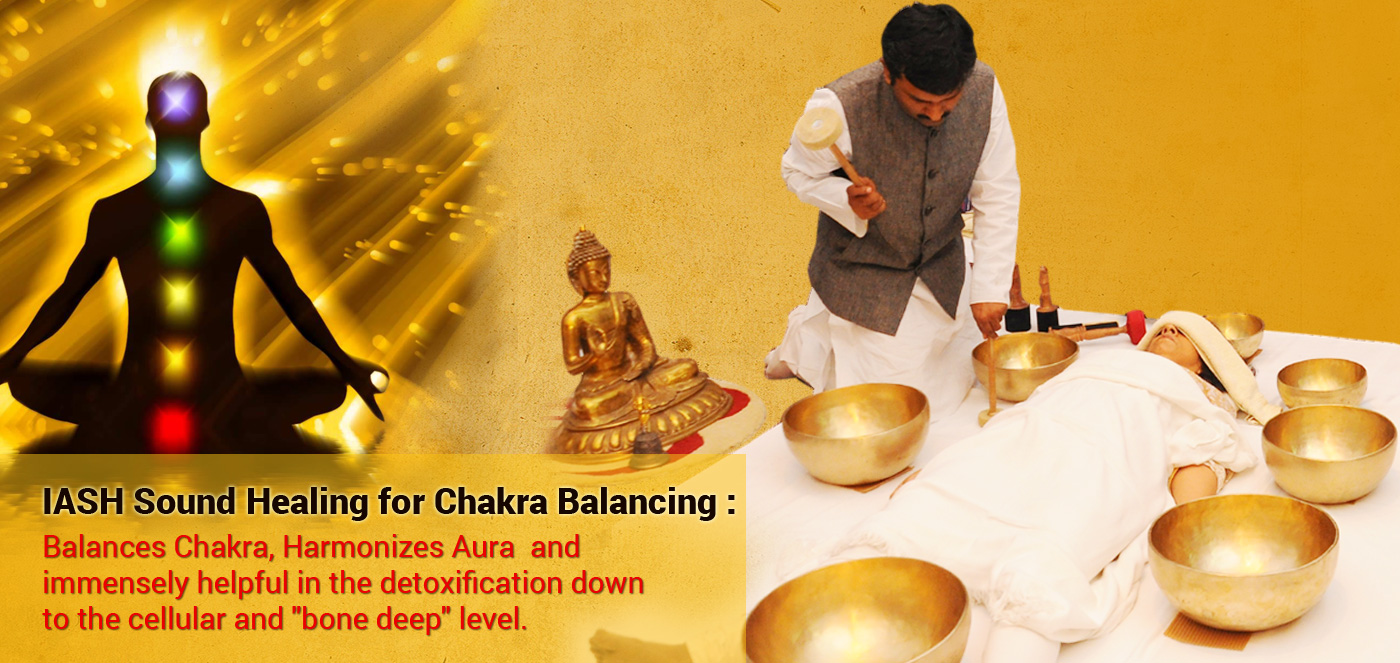
The Calm app is a free resource for teachers. The app provides 30 days of mindfulness activities and a self-care guide that teaches the basics of mindfulness. The program is free for teachers to use, and the trial period can last as little as a week. The app also features tips and suggestions to incorporate mindfulness into the classroom. It's a great tool to integrate mindfulness into the classroom. Visit their website to learn more about Calm.
The Calm app is free to use for teachers. Simply visit the website to sign up and complete the brief application. After you are approved, unlimited access will be granted to guided meditations. You will also be given best practices and tips on how to integrate mindfulness into your classroom. Calm Kids can even be downloaded for use with students. The app is compatible across many devices and browsers. It's available free of charge in Google Play, Apple's App Store.

Calm also offers great content for families. There are bedtime meditations as well as mini-courses that can be used with toddlers and teens. It has classic stories as well as content for families. Calm can also be downloaded for your personal use. The app is accessible to those with sight impairments but does not offer a picture-based interface. A screen reader can be installed to assist visually impaired people who cannot read text.
Calm is also available for free to teachers. You can sign up for the Calm trial free of charge, provided you are over 13 years old. Then, just go to the "Discover" hub and search for a meditation that appeals to you. So you can pick the one that is most suitable for your needs. This app is available for free to teachers in Australia, Canada and the US.
Calm is available for teachers free of charge, but the premium version includes additional features. There are courses and breathing techniques as well as an area for meditation. Meditation sessions, and courses for intermediate or advanced meditators are also available. A paid subscription might be more suitable for beginners. Although this may be a great deal, it isn't for everyone. Calm will help you decide if it's right for your needs before you sign up.

The Calm app is free for teachers, but there are a few restrictions. The Calm app is not designed to allow teachers to modify their curriculum. You cannot change your curriculum as a teacher if you are not teaching. For children to remain calm and focused it is important to be positive. Teachers can download this app for free, making it an excellent option.
FAQ
What are 10 healthy lifestyle habits?
-
Eat breakfast every day.
-
Don't skip meals.
-
You should eat a balanced diet.
-
Get plenty of water.
-
Take care your body.
-
Get enough sleep.
-
Avoid junk food.
-
Do some type of exercise daily.
-
Have fun
-
Make new friends
Get immune enhancement with herbs and supplements
It is possible to boost immune function by using herbs and natural remedies. Some common examples include garlic, ginger, oregano oil, echinacea, ginkgo biloba, and vitamin C.
These herbs should not be considered as a substitute for conventional medical treatment. Side effects include nausea, diarrhea and stomach cramps, headaches and dizziness.
Is cold a sign of a weak immune response?
It has been said that there are two types of people on the planet: those who love winter, and those who don't. You may wonder why you feel so bad when it's cold, regardless of whether you love it or hate it.
The fact is that our bodies are designed for warmth and function best. We evolved to thrive in hot environments because of the abundance of food resources.
We live in a very different environment than our ancestors. We spend much more time indoors, often exposed to extreme temperatures (cold and heat), and we eat foods that are processed rather than fresh.
Our bodies aren’t accustomed to such extremes. So, when we do venture outside, we often feel exhausted, sluggish, or even sick.
There are many ways to avoid these side effects. Keep your body hydrated. You can help flush toxins out of your body by drinking plenty of water.
Another important step is to ensure that you're eating healthy meals. Healthy food will help your body maintain its optimal temperature. This is especially beneficial for those who spend extended periods of time inside.
Finally, consider taking a few minutes each morning to meditate. Meditation is a great way to relax your body and mind. It makes it easier for you to cope with stress and illness.
Statistics
- According to the Physical Activity Guidelines for Americans, we should strive for at least 150 minutes of moderate intensity activity each week (54Trusted Source Smoking, harmful use of drugs, and alcohol abuse can all seriously negatively affect your health. (healthline.com)
- The Dietary Guidelines for Americans recommend keeping added sugar intake below 10% of your daily calorie intake, while the World Health Organization recommends slashing added sugars to 5% or less of your daily calories for optimal health (59Trusted (healthline.com)
- WHO recommends consuming less than 5% of total energy intake for additional health benefits. (who.int)
- According to the 2020 Dietary Guidelines for Americans, a balanced diet high in fruits and vegetables, lean protein, low-fat dairy and whole grains is needed for optimal energy. (mayoclinichealthsystem.org)
External Links
How To
What does the word "vitamin" mean?
Vitamins are organic substances found naturally in food. Vitamins are essential for our bodies to absorb nutrients from the foods we eat. The body cannot make vitamins; therefore, they must be obtained from food.
There are two types vitamins: water soluble or fat soluble. Water-soluble vitamins dissolve in water easily. These include vitamin C (thiamine), Vitamin B1 (riboflavin), Vitamin B2 (riboflavin), Vitamin B3 (niacin), Vitamin B6 (pyridoxine), Vitamin C, B1 (thiamine), Vitamin B2 (riboflavin), Vitamin B3 (niacin), and Vitamin B6 (pyridoxine). The liver and fatty tissues are home to fat-soluble vitamins. Vitamin D, E, K and A are some examples.
Vitamins are classified according to their biological activity. There are eight major vitamin groups:
-
A – Essential for normal growth, and the maintenance of good health.
-
C - important for proper nerve function and energy production.
-
D - essential for healthy bones, teeth, and gums.
-
E is required for good vision and reproduction.
-
K - essential for healthy muscles, nerves, and bones.
-
P - vital for building strong bones andteeth.
-
Q – aids digestion of iron and iron absorption
-
R - Required for red blood cell production
The recommended daily allowance (RDA), for vitamins, varies depending upon age, gender, or physical condition. RDA values are set by the U.S. Food and Drug Administration (FDA).
For adults over 19, the RDA for vitaminA is 400 micrograms per daily. Pregnant women require 600 micrograms daily to support fetal development. Children ages 1-8 require 900 micrograms per day. For infants younger than one year, 700 micrograms are required daily. However, this number drops to 500 micrograms each day for children aged 9-12 months.
Children aged 1-18 years need 800 micrograms daily, while children overweight require 1000 micrograms per days. Children who are severely obese or underweight will need 1200 micrograms each day.
Children ages 4-8 years who have been diagnosed with anemia need 2200 micrograms per day of vitamin C.
2000 micrograms is the minimum daily intake for adults over 50 years old to maintain good health. Women who are pregnant or breastfeeding need 3000 micrograms per day due to increased nutrient requirements.
1500 micrograms is the recommended daily intake for adults aged 70+, who lose approximately 10% of muscle each year.
Women who are pregnant and lactating need more nutrients than the RDA. Pregnant mothers need 4000 micrograms per daily during pregnancy and 2500 after giving birth. Breastfeeding mothers need 5000 mg per day when breastmilk is being produced.